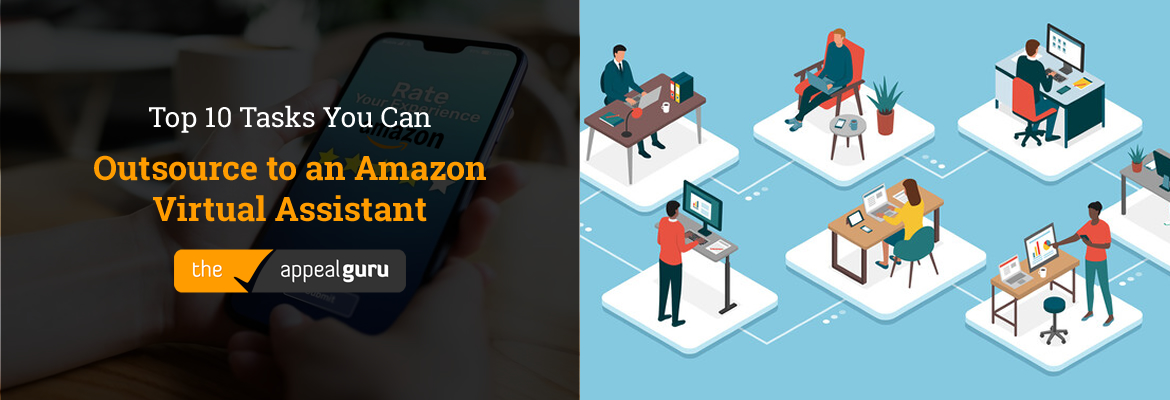Social media marketing is a smart way for businesses of all sizes to reach prospects and customers. Your customers are already interacting with brands through social media, and if you’re not speaking directly to your audience through social platforms like Facebook, Twitter, Instagram, and Pinterest, you’re missing out!
Perhaps the most important thing social media can do for a business is to give business owners a way to engage customers in a whole new way.
Social media allows you to get personal with your customers, and form a bond of trust with them. By replying to the concerns of your customers and asking for their opinions, you can enhance customer satisfaction while getting more traffic for your site, which further promotes your business. You can share photos and videos via social media, keeping potential customers updated to your business’s current events and latest offerings. This helps in creating a strong bond with your customers, and in making them feel a connection with you and your business.
The main purpose of using social media for business enterprises is to attract, engage, and retain customers. This is because most people are not just using social media to connect with friends, they also use these platforms to make decisions on what to buy and where to buy it from. The following are social media websites on which present day businesses need to maintain a significant presence:
1.Facebook:

Facebook is the largest social media site in the world with more than two billion people regularly using the platform. As the top social media site in the world, Facebook is a safe for any business looking to boost sales with social media marketing.
The fact is being on Facebook makes it easier for people to discover and interact with your brand online. Facebook page is a place where you can publicize your business name, address and contact details, and briefly describe your products and services. It’s an efficient channel because you can target your ads to the people who convert at the highest rates. You can get a better return on your investment and at the same time, you can strengthen your brand value.
Pictures and videos are a major element of Facebook’s appeal. Use them frequently to keep your customers engaged and entertained. For example:
- a clothing retailer could post photos of new stock as it arrives
- an architect or builder could post day-by-day pictures of a house under renovation
- a personal trainer could post an instructional video of how to do a particular exercise.
Facebook can also be used to distribute customer surveys. If you do this, make sure that you keep surveys short, and provide a survey link that users can easily click, ignore or share with their friends.
2.Instagram:

This platform helps you to eliminate clutter, highlighting your products and services in a very visual way. While it works best with products, you can still use the website to show business accomplishments such as involvement in charity, travel, parties and so on. Use the platform as a push tool to other platforms such as Twitter and Facebook.
If you operate a visual business — think bakery, coffee shop, clothing line, etc. — and you don’t have a business profile on Instagram, you might be missing out on a large, interested audience. Having a business profile gives you access to a variety of tools and functionality, including analytics on your posts and stories.
We just have one word: SALES. At the end of the day, sales are what most business owners are striving for, and Instagram is ideal for that!
3.LinkedIn:

The most business-oriented form of social media, LinkedIn is a great way to connect with other businesses and professionals. It’s an older platform that relies less on media content and more on text-based updates. While LinkedIn is a great place to form connections and find employees, it’s not the best platform for large-scale marketing. It is, however, perfect for B2B small businesses and position.
Every small business should at least create a LinkedIn business page as a matter of course. Doing so ensures that they possess a credible presence on the world’s largest professional social network. Once you create your business listing on LinkedIn, you should post daily updates about your business or link to helpful content relevant to your industry.
4.Twitter:

Twitter is a good platform for marketing to younger audiences. Ordinary people and businesses often have the opportunity to go “viral” on Twitter, since a string of re-tweets can help your content reach millions of people. With this heavy sharing aspect on Twitter, it’s a great opportunity to spread the word about your content. The one catch to using Twitter is the word limit. You only have a few characters to inform your audience of your products, so you’ll have to develop some serious editing skills.
Reaching out to other people on Twitter could not be any easier. It’s about as simple as texting. (The difference, of course, is that tweeting is very public.)
Social media marketing is more like networking, especially if you’re in the B2B space. On Twitter, you can meet just about anyone and start a conversation.
5. Snapchat:

Snapchat is a multimedia app that allows individuals and brands to send videos, text, and selfies (with filters) to friends or groups. Snaps are impermanent, which creates a story-like flow to your messages. Brands can use Snapchat to communicate with their audience, but it’s important to note that it is most effective for business-to-consumer (B2C) brands selling to a millennial audience.
Sharing on Snapchat is similar to Instagram or Facebook — set up an account, download the app and start sharing 1-10 snaps a day. As you follow other brands and keep up a regular cadence of snaps, you can build an audience and curate a brand.
Snapchat isn’t new anymore, but it has continued to grow since it was launched almost eight years ago. The platform only had 5 million daily users in 2013, which has increased to 100 million today. That number is projected to keep on growing, so join in on the fun and get your business involved!
6. Youtube:

Using YouTube for your business can be a cost-effective way to grow it, if used regularly as part of your marketing strategy.
Online video is growing exponentially, with over 4 billion videos viewed daily. If you use YouTube for your business, you can easily reach your
audience, both by creating videos and advertising on other people’s videos.
Some businesses use YouTube to provide solutions for their customers. For example, they post videos demonstrating how to install their product, or
‘screen capture’ tutorials showing how to use their software.
A video can be a great way to address a frequently asked question or help troubleshoot common problems with your product. It is better to be
proactice about this by acknowledging an issue and showing customers how to deal with it, rather than letting the market do it for you and criticise
your product in the process.
You can enjoy boosts in SEO, build your traffic and brand awareness, expand your social reach, market to audiences overseas, improve your ROI,
and diversify your video marketing strategy with multiple channels.
It’s time to hit the play button on your video marketing strategy.
7. Pinterest:

Pinterest is a powerful way to grow your business and overall online presence.
One of the greatest benefits of using Pinterest for your business is the ability to drive a massive amount of new traffic to your website. Since it’s
launch in 2010, Pinterest brings in around – if not more – than 100 million monthly active users. This vast audience shows that Pinterest is as
powerful as Facebook, LinkedIn, Twitter, etc., to help drive traffic to your site.
Pinterest is very beneficial for blogs and websites. Images that are posted on Pinterest boards and pins shared can be linked backed to the original
site: that’s huge of the advantage of Pinterest.
With over 200 million users on the platform, making the switch to a Pinterest for Business profile is an opportunity you won’t want to miss.
It’s the perfect place to showcase your brand, business and products to an engaged marketplace with plenty of spending power.



